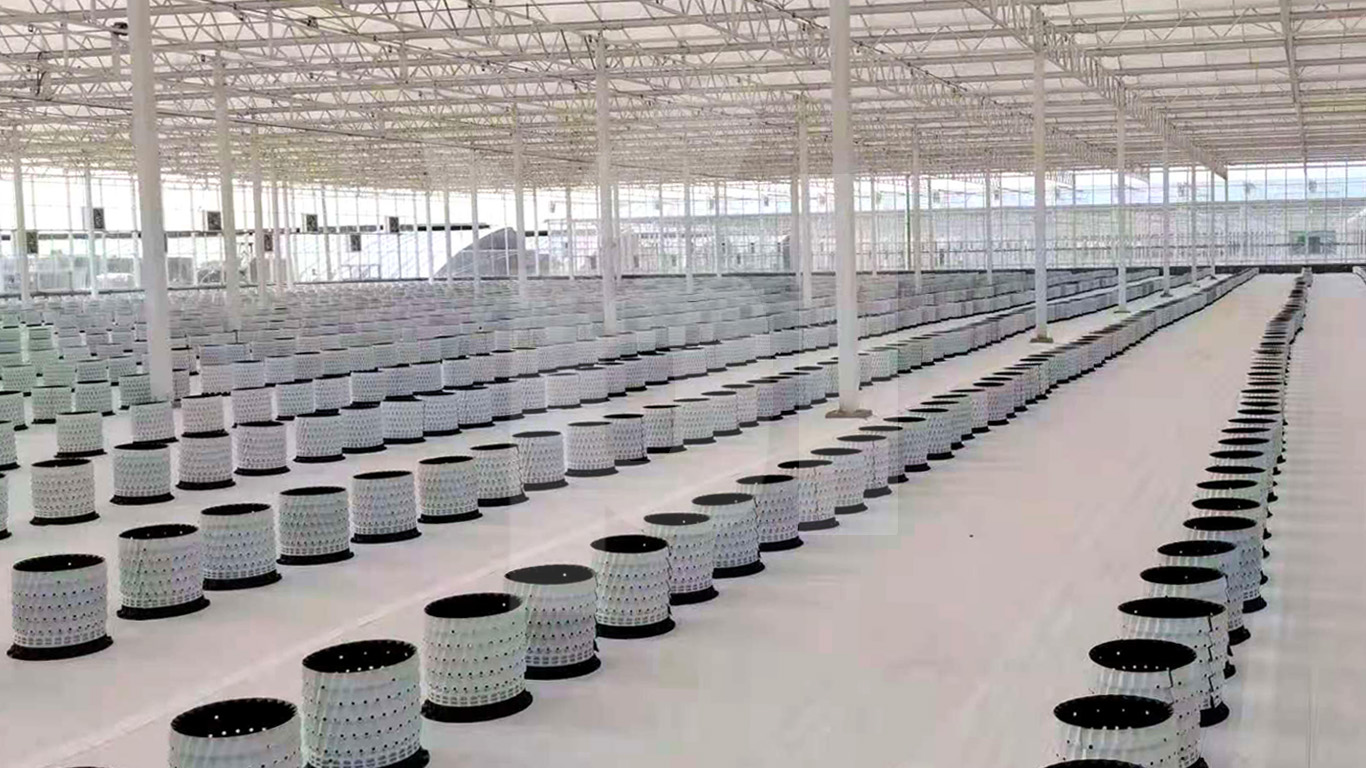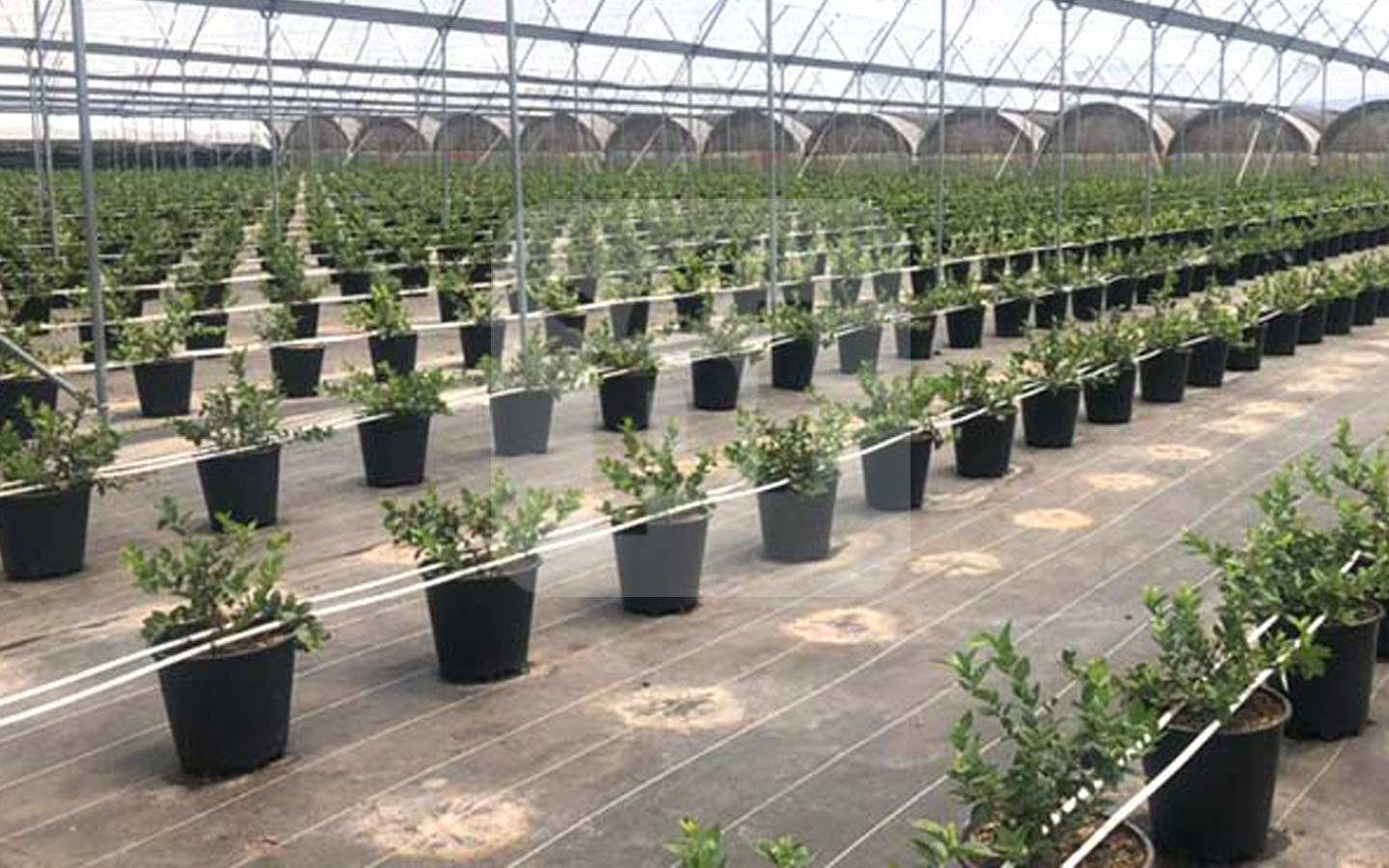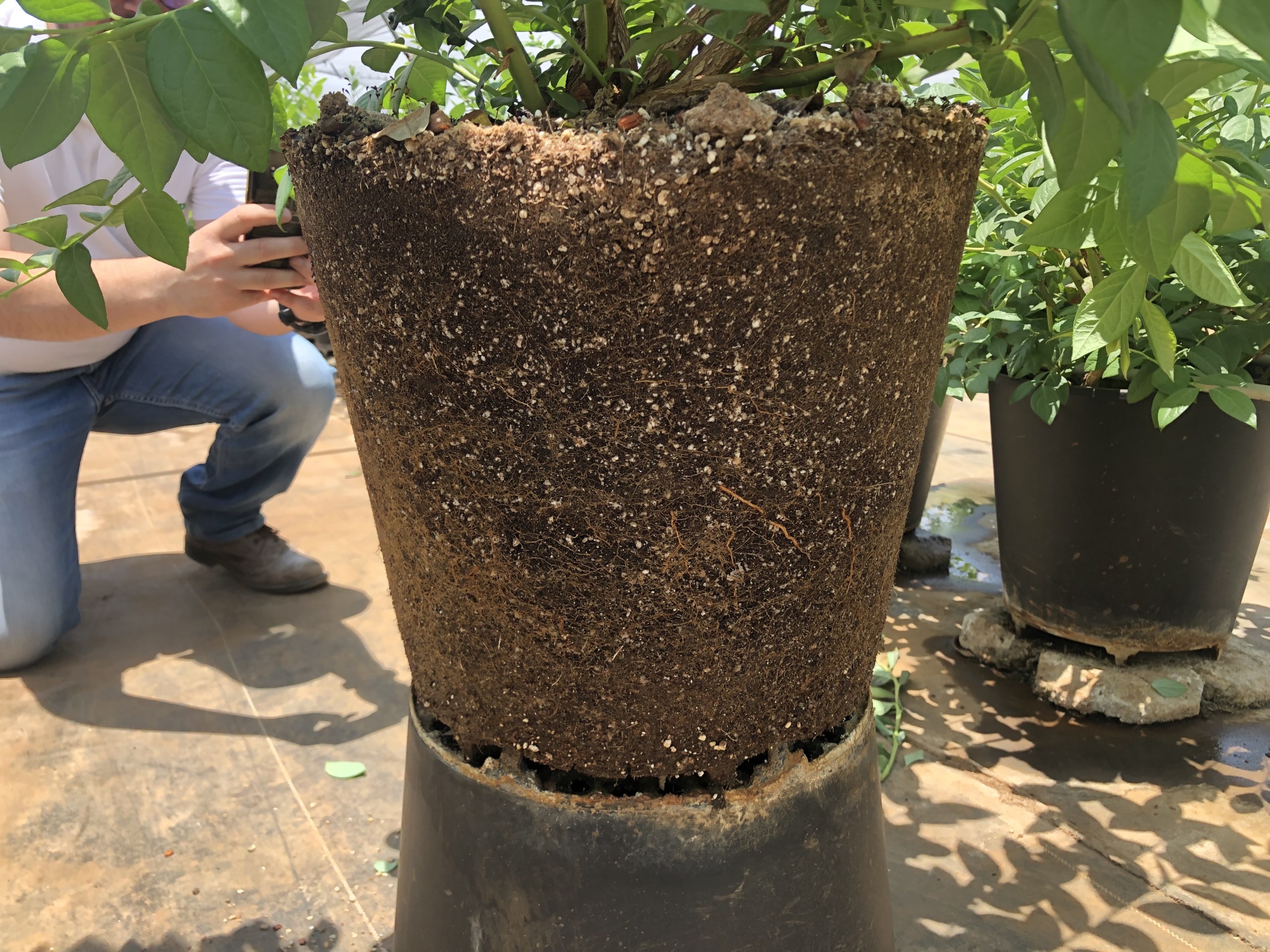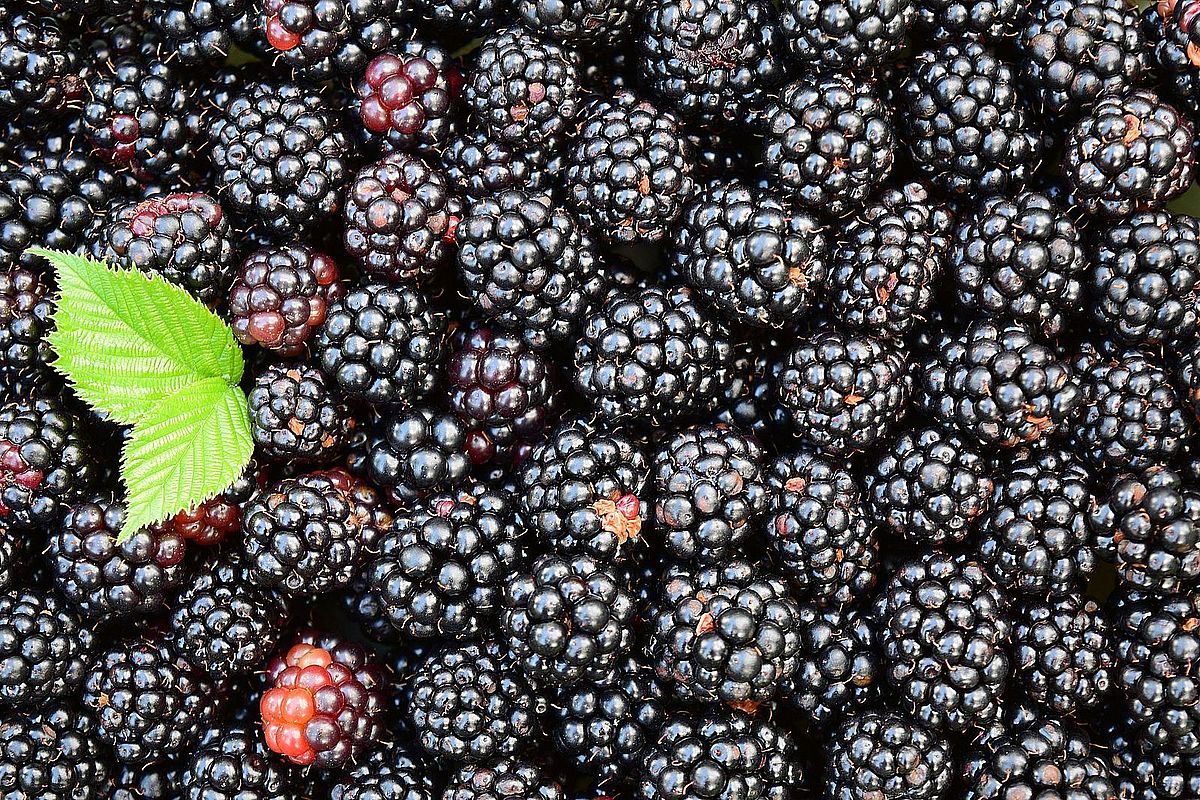Strawberries are among the most favorite fruits worldwide. They have a sweet and juicy taste and can be eaten anytime. They also go well with various salads and desserts too. Strawberry smoothies and juices are sweet and refreshing. If you’re fond of strawberries, you can grow them in pots at home or in your garden. We put together some information help you effectively grow strawberries in containers.
Why grow strawberries in containers?
The following are the reasons people choose to grow strawberries in plant pots.
Space: Even if you lack space in your garden, growing plants in pots allows you to grow strawberries more efficiently.
Pest control: Growing your strawberry plants in containers helps in cutting down bacterial, fungal, and pests problems. This is because the plant is above the ground and its environment is ideal for growth.
Convenience: You can easily relocate potted plants depending on the space availability. For instance, you can have your potted strawberry plants close to your outdoor seating area or even your kitchen.
Recommended containers for growing strawberries
Generally, strawberries are easy to grow and there is no better surprise like a fresh berry plucked off your plant. Perfect containers for strawberries are rectangular or have a drainage collection on the bottom. These type pots are recommended for optimum growth of strawberries.
Strawberry plants are usually small and have shallow roots. The fruit usually does not touch the soil and the possibility of bacterial or fungal disease is significantly reduced. The pots containing strawberry plants can be relocated to a sheltered area, covered with straw or sawdust, for protection during colder seasons. These are just some of the advantages for growing strawberries in pots.
You can use any of these pots and other Plantlogic pots to grow your strawberries. It’s advisable to choose pots that can hold several strawberry plants and have adequate drainage. Ever-bearing strawberries like the Quinault, Ozark Beauty, or Tillicum are excellent options for container gardening strawberries.
Growing strawberries in containers

Once you choose the right container for your plants, the question is how do you grow strawberries in containers? Here are the most important elements you should consider:
Plants: You can choose either strawberry seedlings or bare-root crowns. Keep in mind that seedlings in small pots are likely to establish themselves better than bare-root crowns.
Soil: Use fertile and loose soil that will hold the required amount of water and drain away the excess water.
Spacing: The strawberry plants are likely to spread out approximately two feet in every direction. Therefore, small plant containers should hold one or two plants. Optimally you place them in larger, 8-9 liter container pots.
Planting: You should plant strawberry plants with their crowns above the soil surface. Create a small mound and then spread the plant roots out over the mound in the potting mix. Gently cover the roots up to the plant crown and then water adequately. If necessary, you can add more potting mix once the initial soil in the pot settles.
Site: Regardless of where you intend to place your potted strawberry plants, make sure that they receive six to eight hours of sunshine daily to boost their productivity. In case the sunlight is coming from only one direction, rotate the plant pots every three to four days. Growing strawberries in containers doesn’t make them immune to outer influences such as insects so make sure to protect them accordingly.
Taking care of grown strawberry plants
Water your plants adequately
Consider watering your plants whenever you realize that the soil feels dry approximately an inch below the surface. The last thing you should do is to overwater your plants or leave them dry for many days until they begin to wilt. Remember, the soil in containers dries faster than the ground soil. During long periods of dry, hot weather, you should water your plants daily.
Feeding the strawberry plants
Every container plant benefits from some form of supplemental feeding. Consider feeding your strawberry plants at least once within three to four weeks. Use a liquid fertilizer with high amounts of phosphorous for better fruit production.
Protecting your plants from harsh weather conditions
Have you ever realized that strawberries have higher yields when allowed to be dormant during the winter season? Unfortunately, the roots might freeze in various colder regions or some plant containers may crack if left out in the chilly temperatures. To keep your potted strawberry plants safe, relocate them into your garage (unheated) or under the deck. Only water the plants when the soil is excessively dry.
Even with perfect care, strawberries are usually short-lived perennial plants and should be replaced after three years. Therefore, if you want to make the entire process of growing strawberries easy, replace them annually.











Leave A Comment
You must be logged in to post a comment.